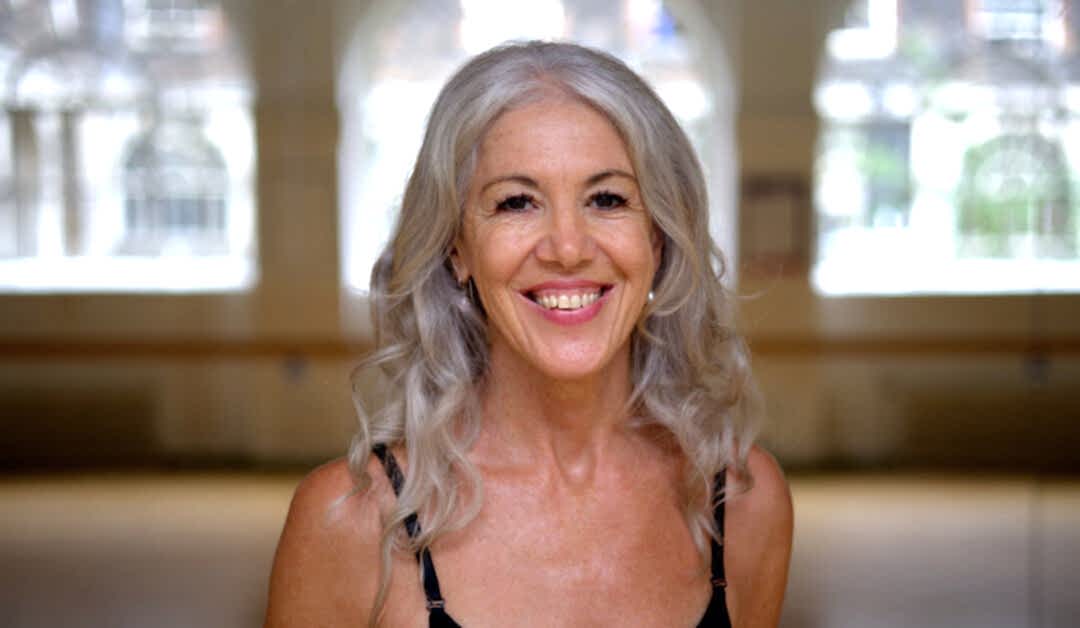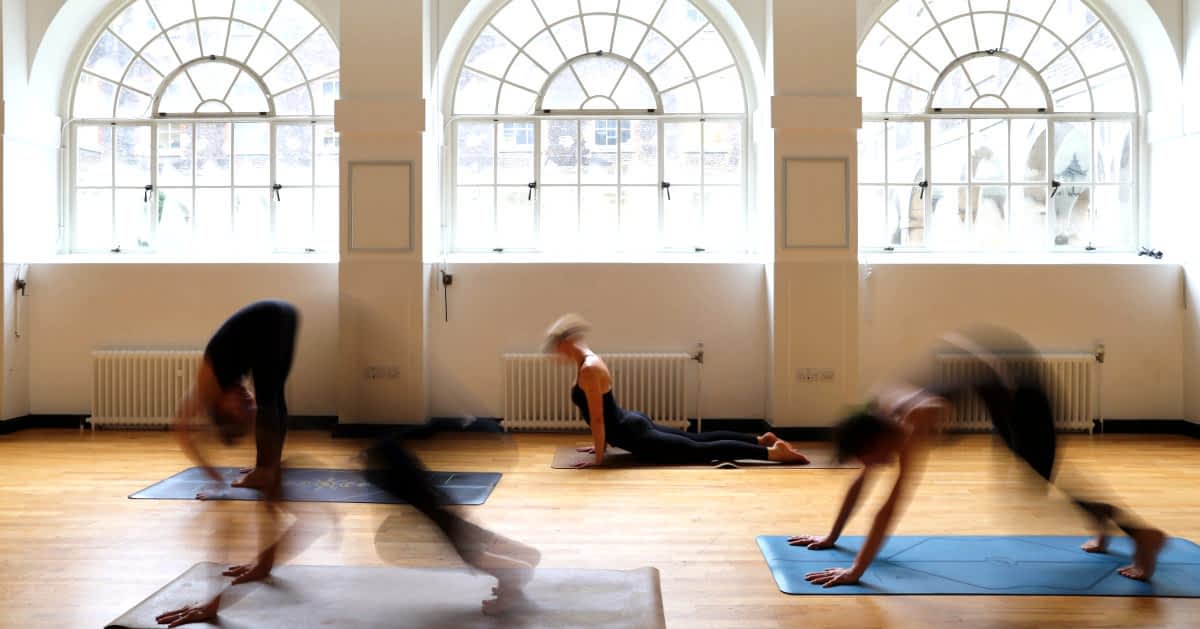
Beginning yoga can feel a bit intimidating, can’t it? You might think you already need to be flexible, strong, or already in shape. Maybe you've seen advanced poses online or in a class and wondered, “Is this really for me?” But here’s something that is worth remembering, right at the start of your journey…
‘All of us, at some point, were beginners.’
The practice of Ashtanga yoga might seem structured - maybe even a bit demanding - but in truth, it offers an ongoing supportive and transformative path for anyone willing to take that first step.
In Ashtanga, we build familiarity and confidence through repetition. This practice, while challenging, is also deeply rewarding and fulfilling, especially for those new to yoga who want to grow their practice gradually.
So below we've given you a guide about with all you need to know about Ashtanga yoga, what it is, what to expect and how we help.
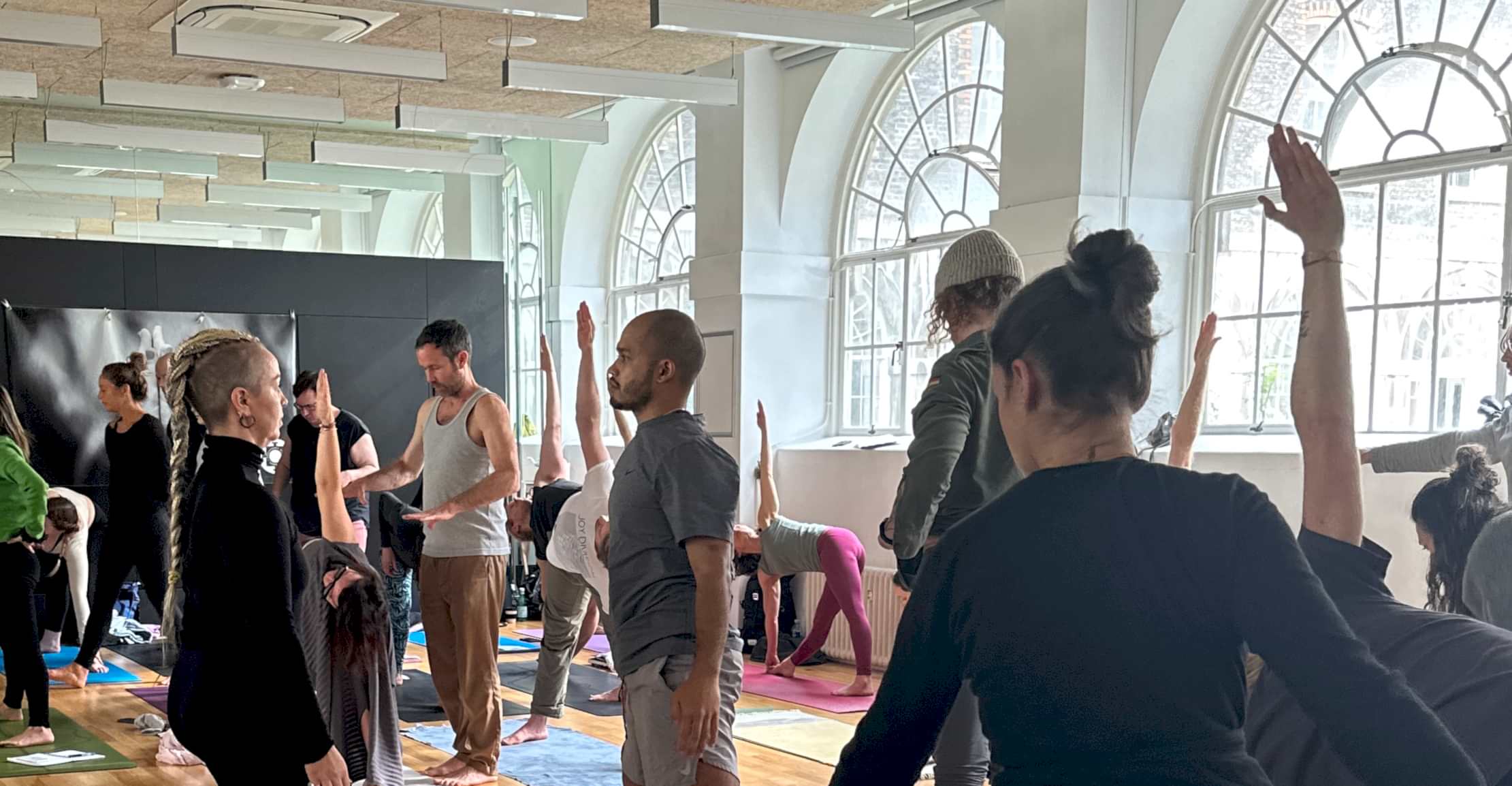
What is Ashtanga yoga?
Ashtanga Yoga is one of the original movement based yoga practices. Developed in the middle of the last century it is a sequence-based vinyasa style of yoga, meaning we follow the same set series of movements and postures each time we practice. This structure is key for beginners, as it allows you to get to know the poses and your body better with each session. Over time, the repetition helps you build confidence as you become more familiar with the flow and find your own rhythm.
Common myths about Ashtanga and beginners
Let’s clear up some misconceptions: You don’t need to be super flexible or an experienced yogi to begin Ashtanga. One common myth is that Ashtanga is only for advanced practitioners. The reality? Everyone starts somewhere, and Ashtanga is meant to meet you exactly where you are. The practice is adaptable, and our teachers are here to help you modify poses so they fit your body, no matter your current level.

Structure and routine: A supportive path for beginning yoga
One of the greatest gifts of Ashtanga for beginners is its structured sequence. By repeating the same poses, you begin to see progress—tiny but significant victories that build your confidence over time. There’s comfort in this repetition, too. It creates stability and predictability, allowing you to focus inward rather than compare yourself to others in the room. This supportive routine helps you stay present, and that’s where the real growth happens.
Building strength, flexibility, and confidence
Through consistent practice, you’ll start to notice changes in your body. You’ll gradually build strength, enhance flexibility, and—perhaps most importantly—cultivate confidence. Ashtanga helps us understand that yoga isn’t about achieving a perfect pose but about the journey of self-discovery. The physical benefits come, but they’re always accompanied by mental benefits: a calmer mind, reduced anxiety, and a heightened sense of self-awareness.
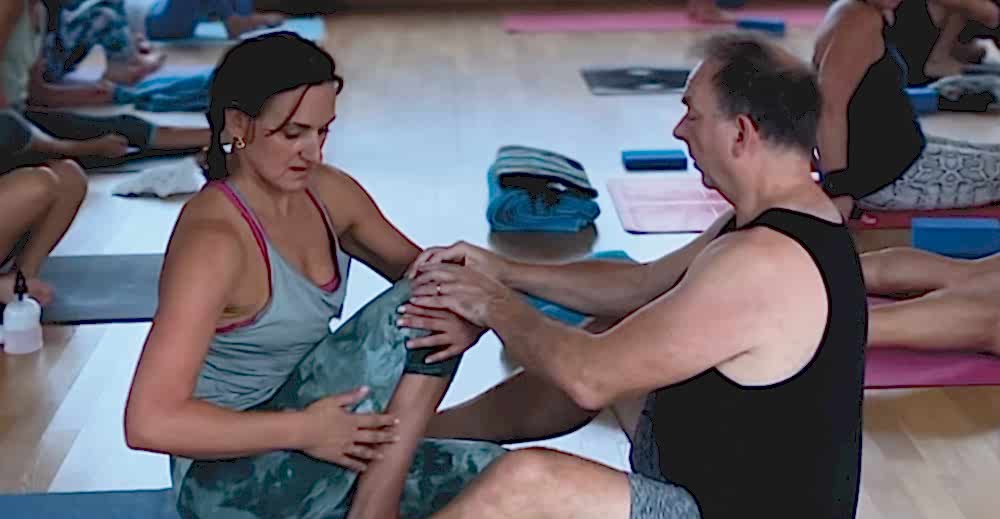
Breath and movement: Learning mindfulness early on
In Ashtanga, we connect breath with movement, a practice called “Vinyasa.” This linking of breath and movement transforms the sequence into a kind of moving meditation. For those beginning yoga, learning to sync breath with motion is a powerful way to stay present, to tune into your body, and to foster mindfulness from the very beginning of your yoga journey. This focus on the breath is one of the most transformative aspects of the practice—it allows you to create space in your mind as well as your body.
A community that supports you
Another wonderful aspect of Ashtanga is the sense of community it brings. Practicing in a group, you’ll find support and inspiration from others, no matter their level of experience. We all breathe together, move together, and grow together. Whether you’re new or experienced, everyone’s journey is valid, and the energy in a shared space can be incredibly motivating. In our London Bridge yoga studio, we celebrate progress, big and small, and the community holds space for everyone’s unique journey.
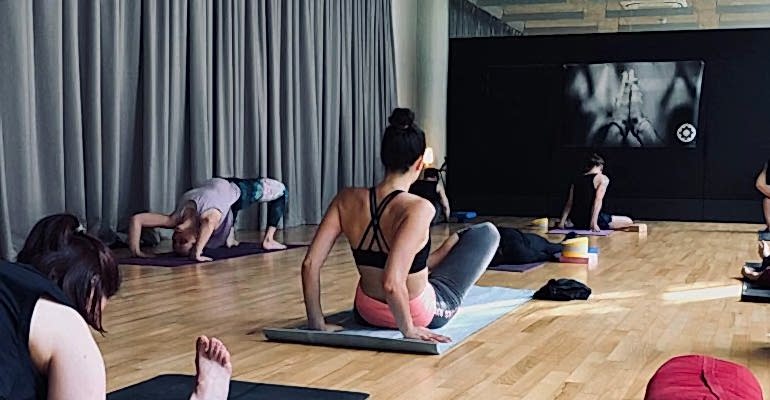
The benefits of guided classes vs. Mysore style
There are two main ways to learn Ashtanga: guided classes and Mysore-style practice. Guided classes are great for beginners, as they offer the comfort of moving through the sequence together, led by an experienced teacher. Beginning yoga, Ashtanga Mysore-style, on the other hand, allows you to move at your own pace with personalised guidance, making it perfect once you’ve learned the basics and want to explore the practice in a way that suits your individual needs. Both options are supportive, and you can explore whichever feels best for you as you grow.
Start where you are
The most important thing to remember is that yoga meets you where you are. You don’t need to be anything other than what you already are to start. Flexibility, strength, and balance are all things that develop over time—but an open mind and a willingness to try are the only things you need today.
Every journey begins with a single step. Beginning yoga can be such a powerful step in your life and Ashtanga Yoga is beautifully suited to beginners because it’s adaptable, supportive, and offers a clear path forward. Wherever you are right now, that’s where you begin, and our teachers and community are here to guide you every step of the way.
Join us: 2 weeks for £50
Are you ready to explore the transformative power of Ashtanga yoga in a supportive, mindful environment?
Are you a beginner?
Join our inspiring beginners course
Join the thousands of practitioners since 2009 who have discovered strength, flexibility, and inner peace at Stillpoint Yoga London. Whether you’re new to Ashtanga or a lifelong yogi, our community welcomes you, whoever you are.

